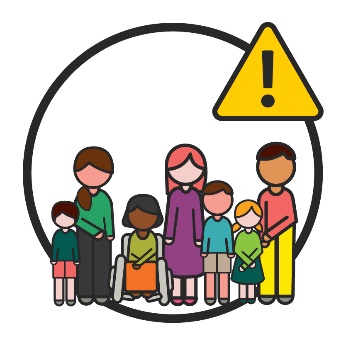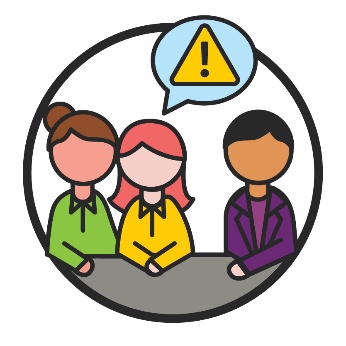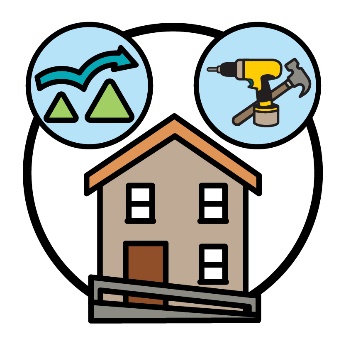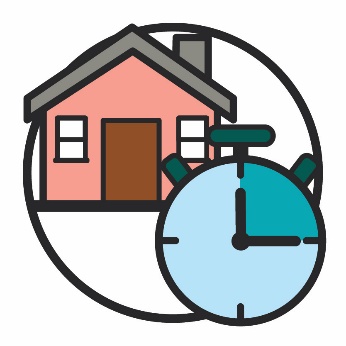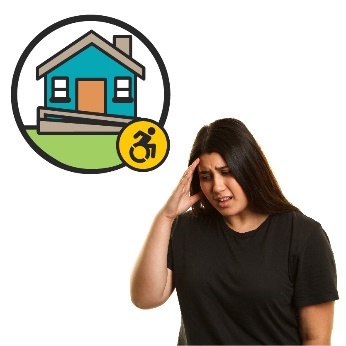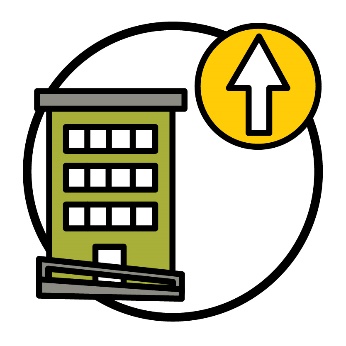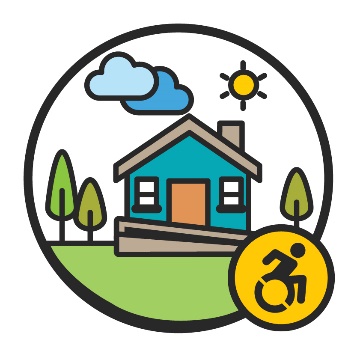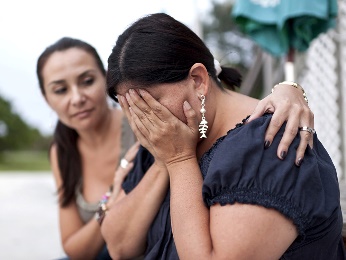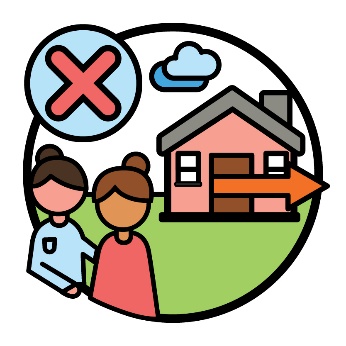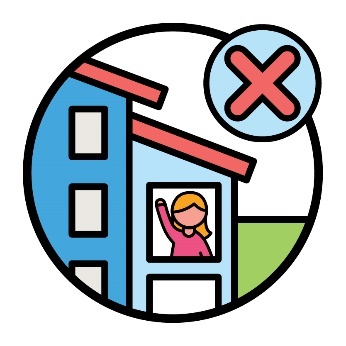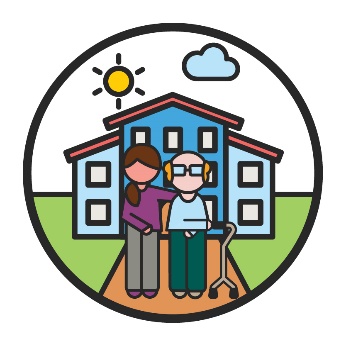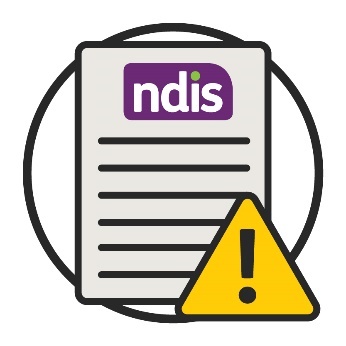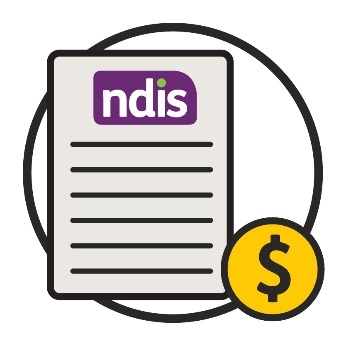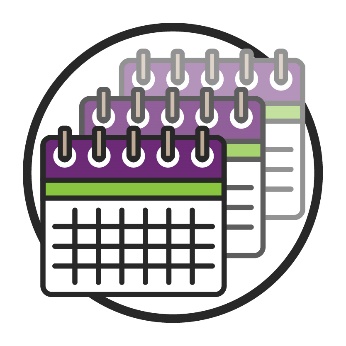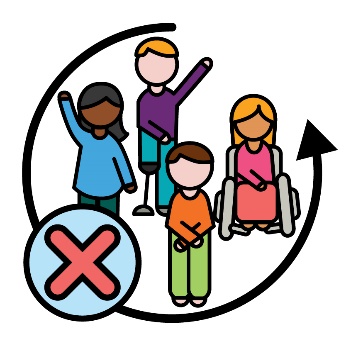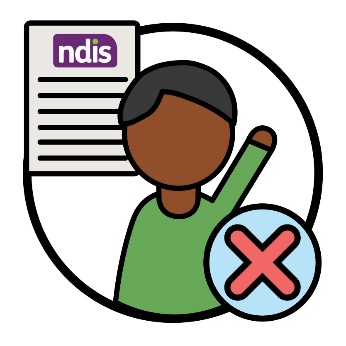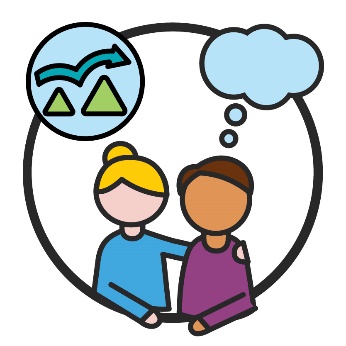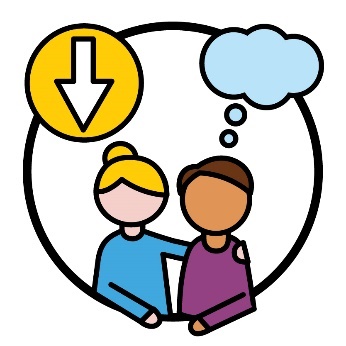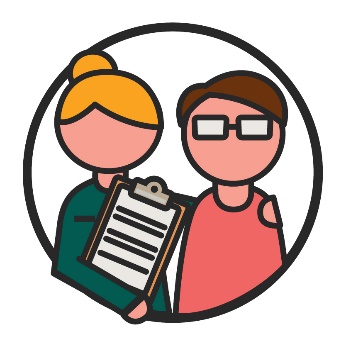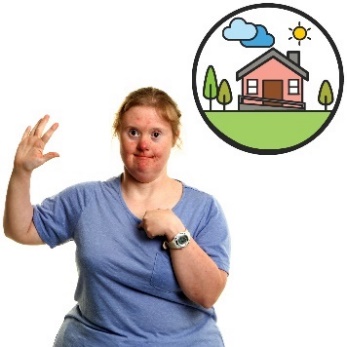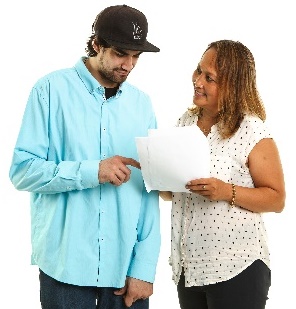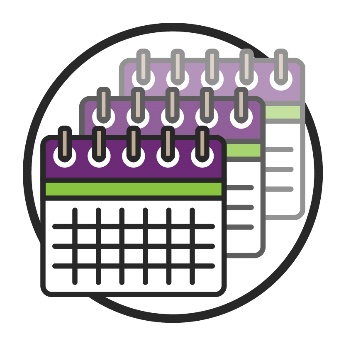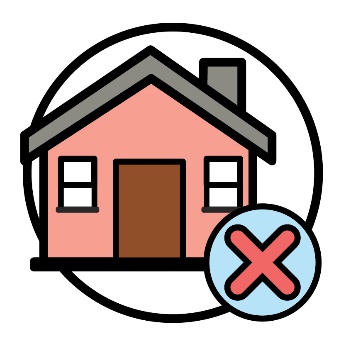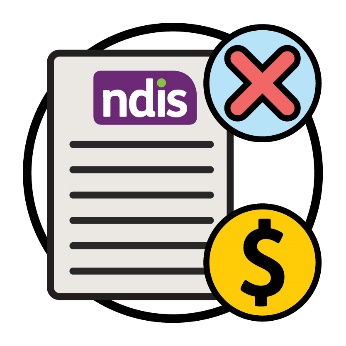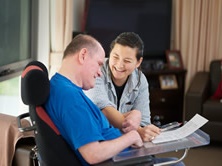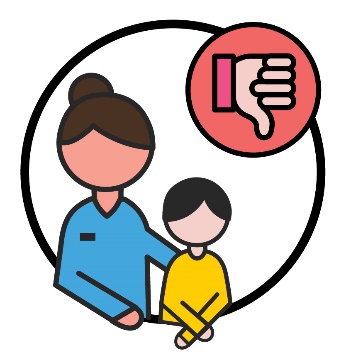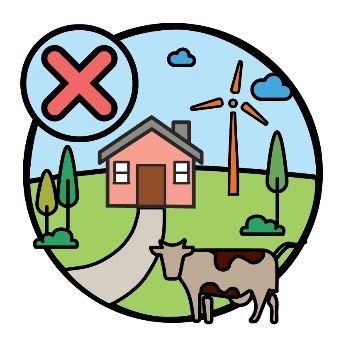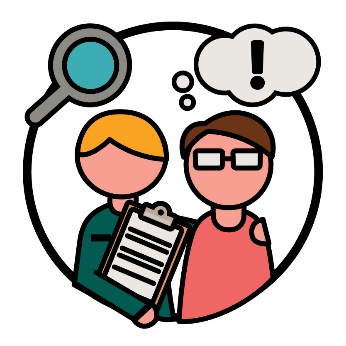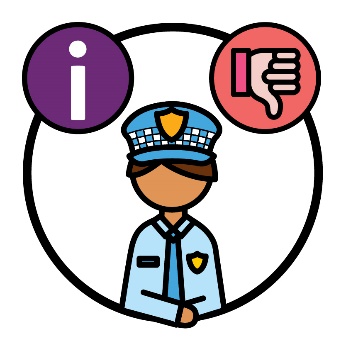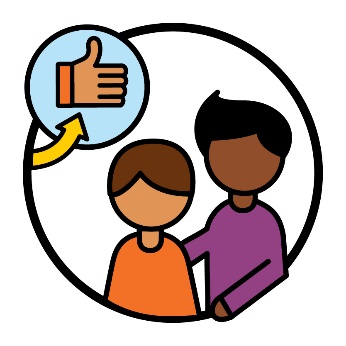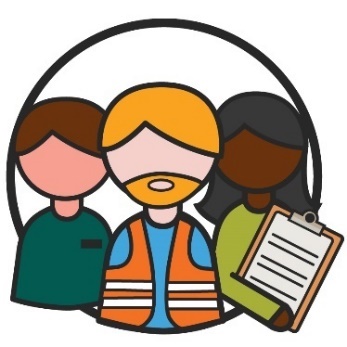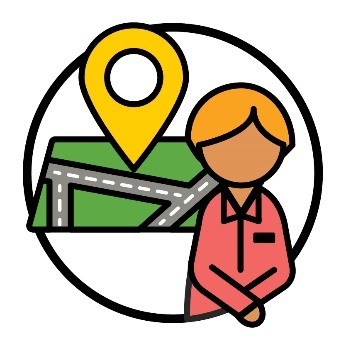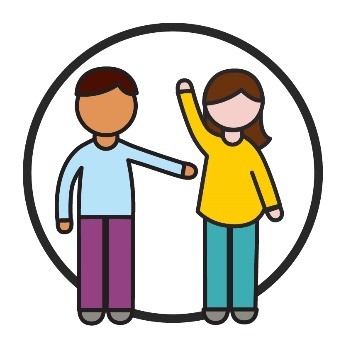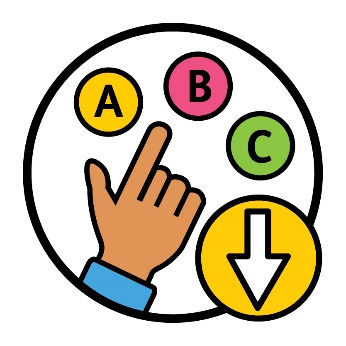What did our Council Members share?
| Our Council Members connected with the community to find out about issues that affect them. |
| Our Council Members shared these issues with the NDIA. |
Home and living supports
| Some participants face challenges to get changes made to their home. | |
| The community is confused about how short term accommodation works – a place for someone to stay for a short time. | |
| Some participants face challenges with the way specialist disability accommodation (SDA) is changing. | |
| For example, the NDIA are building more apartments. But participants want other options, like a home. | |
| SDA is a NDIS support. It’s housing for participants who need extra support most of the time. | |
| There needs to be a better way to support participants when their parent or carer passes away. | |
| For example, they shouldn’t need to move out of their own home. | |
| And we need to focus on making sure there are no younger people living in residential aged care, unless they need to. | |
| Residential aged care is where older Australians live when they can’t live in their home anymore. | |
NDIS plans
| The community shared that there are still a lot of problems with NDIS plans. |
| Some participants are getting less funding. Funding is the money from your plan that pays for the supports and services you need. |
| It can also take a long time for the NDIA to make a decision about someone’s plan. |
| Participants aren’t being included when the NDIA reviews their plan. |
| There are also more participants who aren’t allowed to manage their plan on their own. |
| There are challenges with how much funding participants can get for behaviour support. |
| And there are less providers who want to support participants with their behaviour. |
| Providers support other people by delivering a service. |
| It can cost a lot of money for people to get what they need to apply for the NDIS. For example, a report from their doctor. |
There are also delays for people to get information about: | |
|
|
|
|
Participants face challenges when they’re ready to leave hospital because: | |
|
|
|
|
| And some participants can’t use the funding in their plan to support them. |
NDIS services and supports
| NDIA managers and staff are showing that they want to work with people with disability. |
| There aren’t enough workers who support children with their health care, such as early support for children as they grow and develop. |
| Some participants in places far from large cities or towns can’t use their plans. This is because there aren’t enough services where they live. |
| And COVID-19 makes it harder for participants to find and use:
|
| There isn’t enough information about how the NDIS must work with the police and courts in different:
This includes how it works for young people. |
| All government services need to give better support to participants with:
This includes services like health and education. |
| Businesses are charging participants more for their services. |
| People are interested in the work Australian Disability Enterprises do. An Australian Disability Enterprise provides work and support for people with disability. We often call them ADEs. |
Providers
| Participants are happy about providers offering new services. |
| Local Area Coordinators (LACs) are people who support people with disability when they take part in the NDIS. |
| Some LACs are supporting parents to become nominees. Your nominee is someone you choose to:
|
| If a parent becomes a nominee, a person with disability has less control. And they can’t make as many decisions about their lives. |
What did our Council Members share?
| Our Council Members connected with the community to find out about issues that affect them. |
| Our Council Members shared these issues with the NDIA. |
Home and living supports
| Some participants face challenges to get changes made to their home. | |
| The community is confused about how short term accommodation works – a place for someone to stay for a short time. | |
| Some participants face challenges with the way specialist disability accommodation (SDA) is changing. | |
| For example, the NDIA are building more apartments. But participants want other options, like a home. | |
| SDA is a NDIS support. It’s housing for participants who need extra support most of the time. | |
| There needs to be a better way to support participants when their parent or carer passes away. | |
| For example, they shouldn’t need to move out of their own home. | |
| And we need to focus on making sure there are no younger people living in residential aged care, unless they need to. | |
| Residential aged care is where older Australians live when they can’t live in their home anymore. | |
NDIS plans
| The community shared that there are still a lot of problems with NDIS plans. |
| Some participants are getting less funding. Funding is the money from your plan that pays for the supports and services you need. |
| It can also take a long time for the NDIA to make a decision about someone’s plan. |
| Participants aren’t being included when the NDIA reviews their plan. |
| There are also more participants who aren’t allowed to manage their plan on their own. |
| There are challenges with how much funding participants can get for behaviour support. |
| And there are less providers who want to support participants with their behaviour. |
| Providers support other people by delivering a service. |
| It can cost a lot of money for people to get what they need to apply for the NDIS. For example, a report from their doctor. |
There are also delays for people to get information about: | |
|
|
|
|
Participants face challenges when they’re ready to leave hospital because: | |
|
|
|
|
| And some participants can’t use the funding in their plan to support them. |
NDIS services and supports
| NDIA managers and staff are showing that they want to work with people with disability. |
| There aren’t enough workers who support children with their health care, such as early support for children as they grow and develop. |
| Some participants in places far from large cities or towns can’t use their plans. This is because there aren’t enough services where they live. |
| And COVID-19 makes it harder for participants to find and use:
|
| There isn’t enough information about how the NDIS must work with the police and courts in different:
This includes how it works for young people. |
| All government services need to give better support to participants with:
This includes services like health and education. |
| Businesses are charging participants more for their services. |
| People are interested in the work Australian Disability Enterprises do. An Australian Disability Enterprise provides work and support for people with disability. We often call them ADEs. |
Providers
| Participants are happy about providers offering new services. |
| Local Area Coordinators (LACs) are people who support people with disability when they take part in the NDIS. |
| Some LACs are supporting parents to become nominees. Your nominee is someone you choose to:
|
| If a parent becomes a nominee, a person with disability has less control. And they can’t make as many decisions about their lives. |
